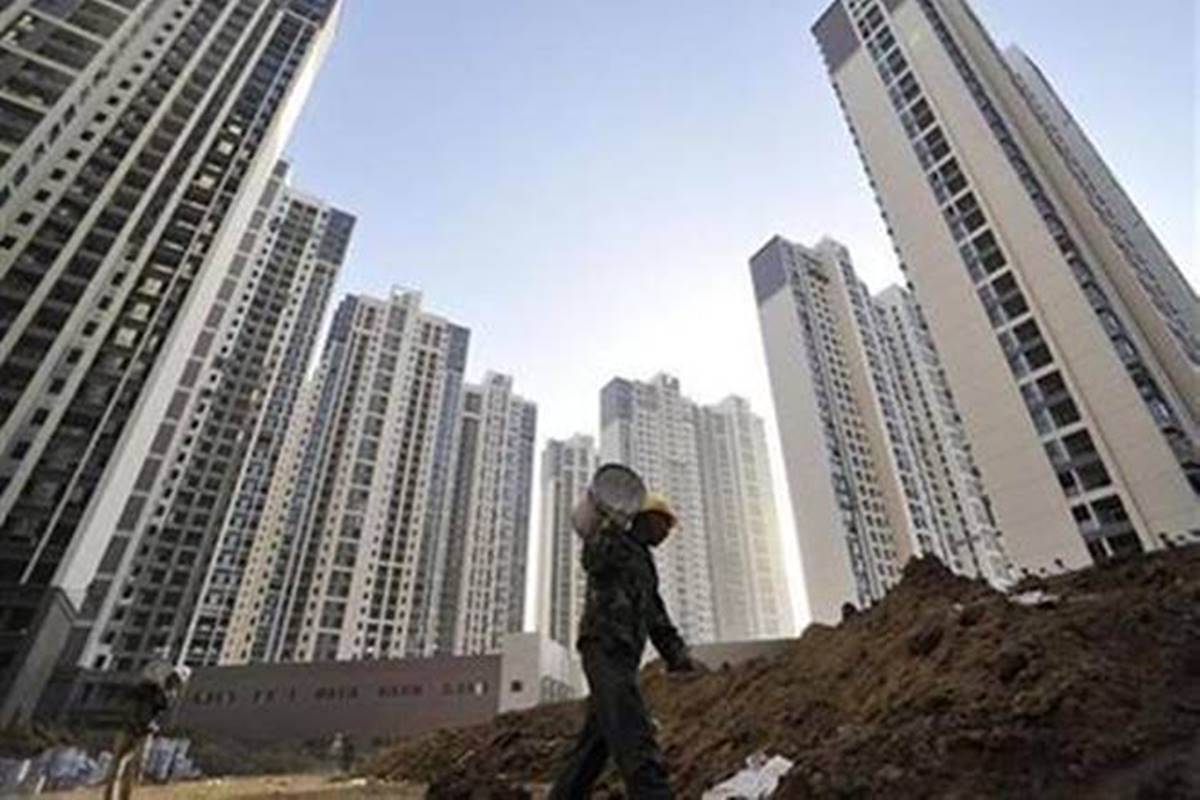It’s been just a year that the real estate sector came out of the clutches of the first wave of the ruthless Covid pandemic. The trillion-dollar sector was at the mercy of a nationwide lockdown in 2020 that brought mayhem and spelled panic across the corridors of real estate. While the property market bounced back to normalcy backed by govt stimulus and incentives, a ferocious second pandemic wave has gripped the sector again, threatening to derail its much-expected recovery.
The recuperation of the real estate sector post the first covid wave has been vigorous and promising. After a splendid performance in Q4 2020, the real estate sector continued its rallying in Q1 2021 with buyer-search volumes moving consistently upwards. Demand for properties has surpassed pre-Covid levels and supply is on the rise with a growth of 8% on a pan-India level.
However, the dramatic escalation of the second outbreak and a challenging vaccine rollout across the country is worrying real estate developers a little. Disruption in construction activity across the country due to temporary localized lockdowns will delay new launches and extend project completion deadlines.
But real estate stakeholders haven’t panicked yet. They have learned from the worst, the pandemic itself; they have adopted all necessary measures and devised actionable solutions through meticulous planning over the months to ride out any impending crisis. Real estate developers today are rational in their expectations and have thus stayed away from any delusional pricing of properties.
A crash is very unlikely for the real estate sector since the sector has experience on its sleeve and is in a better position than 2020. Here are some insights on why the second Covid wave won’t give many jitters to the real estate sector this time.
- Consolidation of property market with top developers: The property market post-pandemic is in the safe hands of top real estate developers with deep pockets. These branded developers with strong balance sheets, robust digital infrastructure, sound execution capabilities have earned the trust of millions of homebuyers, leading to healthy transactions which helped the real estate sector to get back on its feet. Since all unorganized real estate developers have transferred their businesses to larger developers, the supply side is strong, backed by the rising preference of homebuyers for quality homes from top brands of the industry. With genuine demand for housing still hot, these real estate biggies will market their inventory targeting particular segments at affordable prices.
- Demand for mid and affordable housing segment still high: The property market is witnessing a marked shift in the behavior of homebuyers with regards to the importance of homeownership. Demand for homes hasn’t plateaued in spite of the second Covid wave with buyers rushing to invest in properties with an eye on future capital appreciation. The sustained growth in sales presents clear signs of buyer confidence and people’s need for bigger homes, backed by reduced discretionary spending, stagnant residential prices, lucrative payment plans and incentives from developers. This has tilted the scale in favour of established developers.
- Developers cautious about excessive credit and oversupply: Pending housing inventory and huge levels of credit from banks are two unpleasant things that had given real estate developers sleepless nights. Major listed real estate developers have thus remained cautious on debt and focused on inventory liquidation to reduce leverage. With an aim to become debt-free, real estate developers have become wary about launching projects to align supply with the existing buyer demand. While targeting the incentivized affordable housing bracket, builders are offering more options to shed unsold stock while keeping their balance sheets sound.
- Online property transactions to keep both buyers & sellers happy: The housing business has ventured into a world of digital irreversibility. The digital framework of the real estate sector, high on technology, has brought virtual property visits, 3D walkthroughs, virtual interactions, secure payment gateways and digital signatures to make homebuying easy, delightful and secure. Real estate developers have seen how digital transactions have taken them out of the woods previously and are thus investing more in digital tools to finetune the homebuying process.
- Homebuyers have full trust in Grade A developers: With the property market in the control of Grade A developers, demand for homes will continue in the backdrop of the second wave and will still remain even if a third wave comes. This is because home buyers have full confidence in branded developers and know that they will get keys to their homes within expected deadlines. There is a wave of transparency in the market. With RERA and other housing reforms rightly positioned in the property market, homebuyers today don’t have to wade through property hassles. Top real estate developers on the other hand will make sure that they meet the expectations of homebuyers by keeping property rates within affordable limits.
On a concluding note, it’s fair to say that the second wave won’t have any adverse impact on the property sector as it stands on a solid foundation of recovery and will be able to handle any temporary slowdown if any. Demand for affordable and mid-segment homes will continue since it’s a buyer’s market with property prices remaining stagnant and government incentives to continue. This will help the property sector to maintain an optimistic stance and keep the property sector afloat in tough times.





